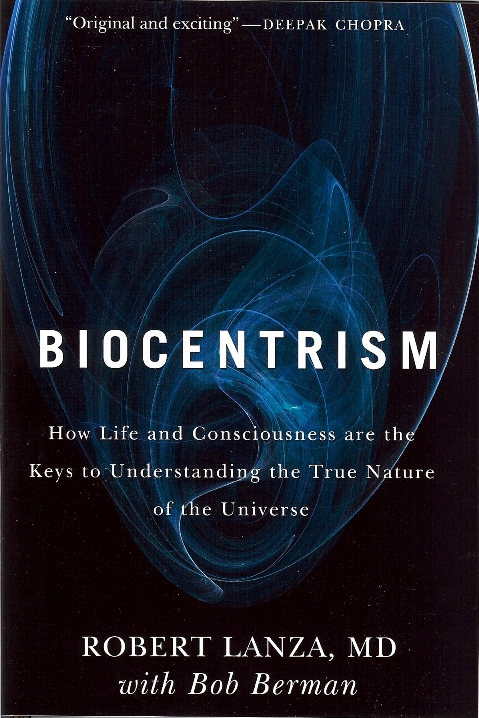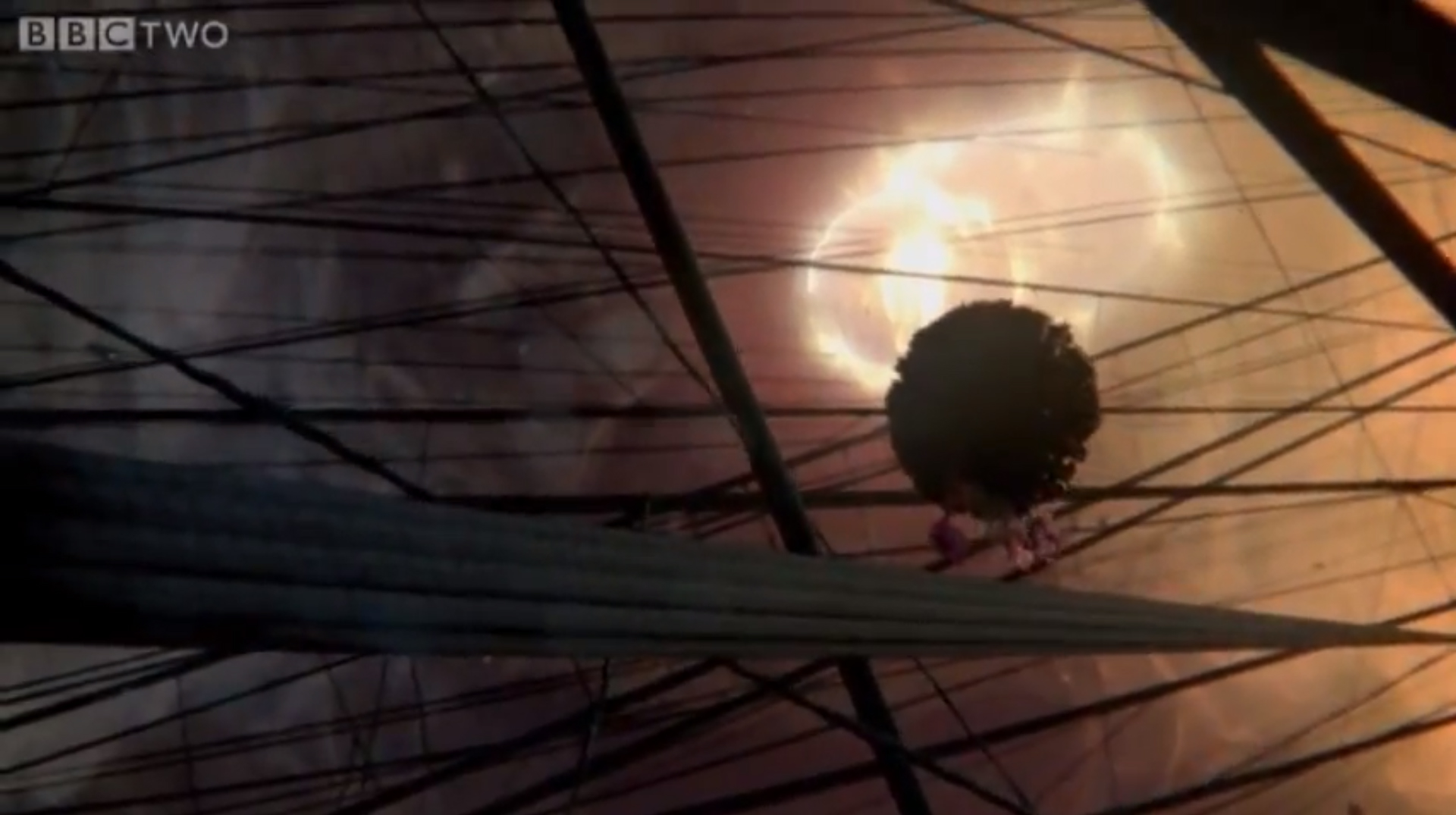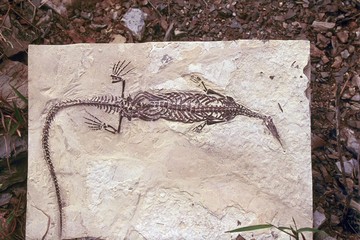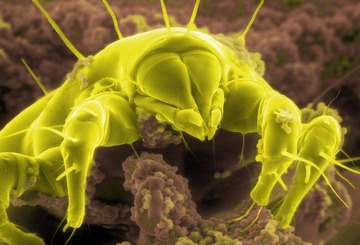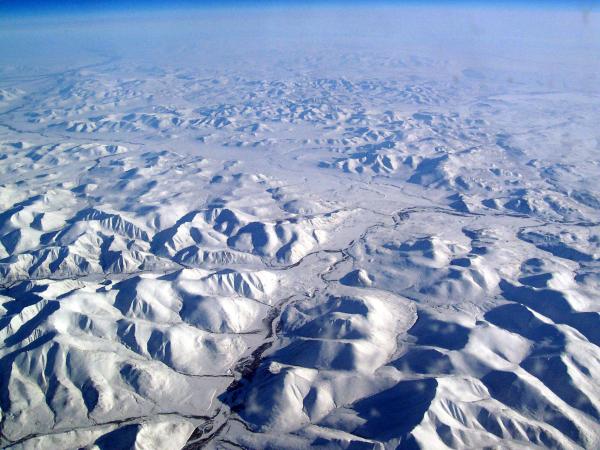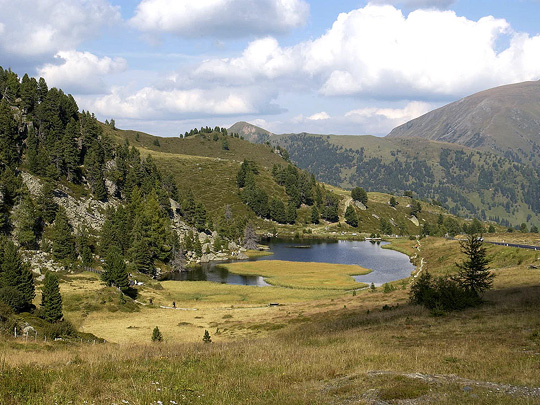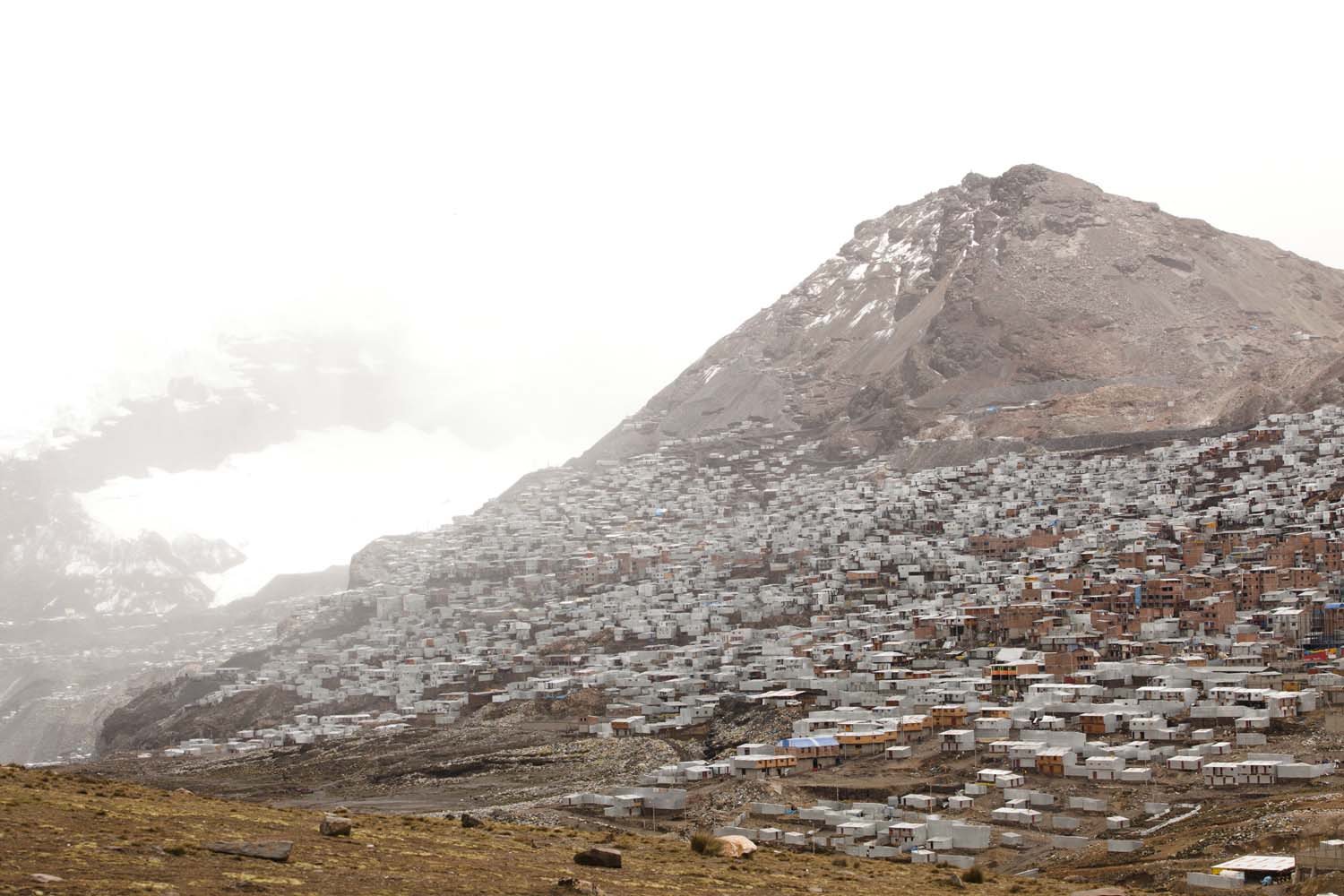I recently finished Robert Lanza’s book, Biocentrism: How Life and Consciousness are the Keys to Understanding the True Nature of the Universe. While understanding the true nature of the universe is a bold claim, I think there is validity to the perspective of biocentrism based on my own experiences and knowledge. The book kept me thinking and my head spinning. My mind constantly wondered, thinking about the consequences and possible applications of the principles of biocentrism.
Lanza’s theory of biocentrism has seven principles (source):
- What we perceive as reality is a process that involves our consciousness. An “external” reality, if it existed, would by definition have to exist in space. But this is meaningless, because space and time are not absolute realities but rather tools of the human and animal mind.
- Our external and internal perceptions are inextricably intertwined. They are different sides of the same coin and cannot be divorced from one another.
- The behavior of subatomic particles, indeed all particles and objects, is inextricably linked to the presence of an observer. Without the presence of a conscious observer, they at best exist in an undetermined state of probability waves.
- Without consciousness, “matter” dwells in an undetermined state of probability. Any universe that could have preceded consciousness only existed in a probability state.
- The structure of the universe is explainable only through biocentrism. The universe is fine-tuned for life, which makes perfect sense as life creates the universe, not the other way around. The “universe” is simply the complete spatio-temporal logic of the self.
- Time does not have a real existence outside of animal-sense perception. It is the process by which we perceive changes in the universe.
- Space, like time, is not an object or a thing. Space is another form of our animal understanding and does not have an independent reality. We carry space and time around with us like turtles with shells. Thus, there is no absolute self-existing matrix in which physical events occur independent of life.

